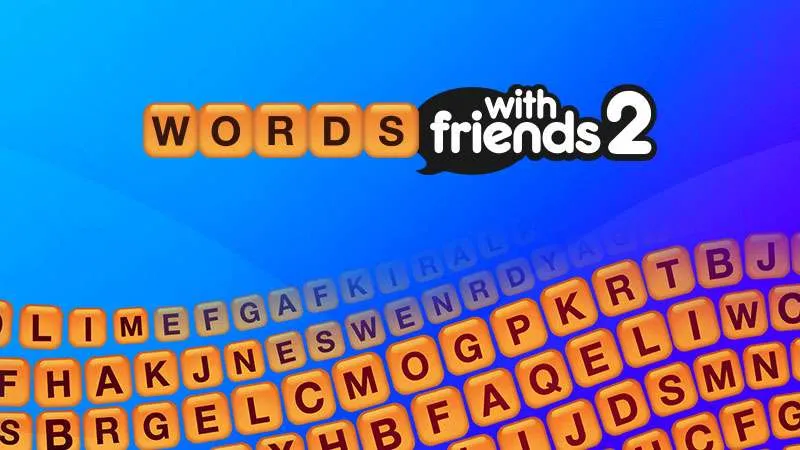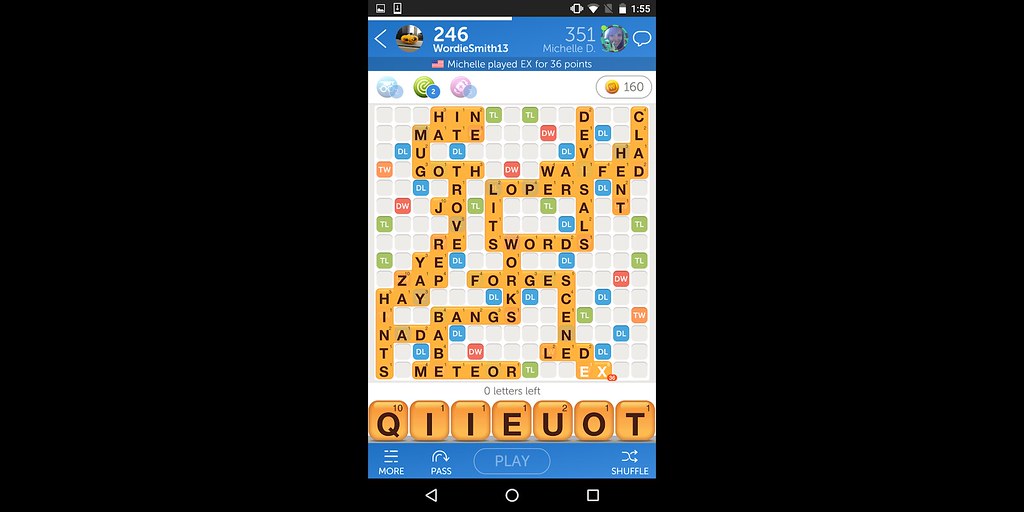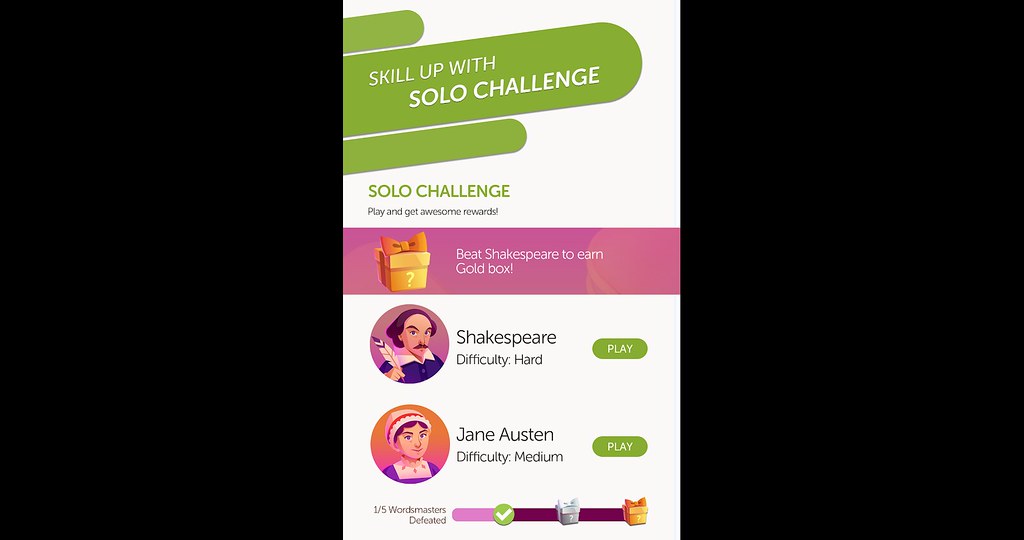
Words with Friends has been an enormously popular casual multiplayer game on mobile devices since it was first released in 2009. And since I steadfastly refused to buy a smartphone until 2016, I had never played this highly addictive word game that closely resembles the board game Scrabble. When I saw that Words with Friends 2 came out last year, I downloaded it to see what all of the fuss was about.
As someone who played Scrabble frequently with friends and family, it really took no effort at all to become acquainted with how the game works. There are a few differences, such as the arrangement of premium squares on the game board and some point values for various letters, but it is mostly the same game.
You are given seven random letter tiles, which you use to form new words on the board by playing off existing words that are already on the board. The only exception is the first turn when there are no words on the board and someone has to place an initial word.
Once the initial word is played, you can play a word tile in open squares either vertically or horizontally, but at least one letter must connect to an existing word on the board. All connecting letter tiles must form a valid word. You cannot, for instance, have a vertical or horizontal row that spells a non-existent word like “ZJEXY.”

A strategic element comes into play with the use of premium squares on the game board. Like in Scrabble, these include double letter, triple letter, double word, and triple word score bonuses. If you play on a double letter or triple letter square, the letter tile placed on the premium square will receive either double or triple point value. If you play on a double or triple word square, your entire word receives double or triple value.
Unlike in Scrabble, the premium squares are arranged in a way that it’s possible to stack these score bonuses. So it is possible, for instance, to score a double word and a triple word bonus. By placing their tiles strategically, a player can rack up word scores in excess of 30, 50, or even 100 points.
Now, you may be wondering what’s new with Word with Friends 2. I’m glad you asked. Zynga, the game’s publisher and developer, has added a new Solo Challenge series of events where you play against fictional characters in a Mortal Kombat-style tower where you have to beat the easiest opponent first to unlock the next challenger, who is more challenging. This continues until you reach the final opponent, who is really difficult to beat.

Since Words with Friends 2 is a free-to-play game, the game temporarily locks you out from playing these single-player challenges after you play a single game. You’ll either need to use in-game coins to move on to the next challenge, which you can earn by completing challenges, or just wait a few hours until the next challenge automatically unlocks.
Typically, the lock-out period is about four hours if you need to re-play a single-player computer opponent or closer to 24 hours for when you move on to the next challenge. The multiplayer mode against friends does not have this lock-out period, but it does have ads. (Actually, the single-player challenges have ads, too.)
Speaking of multiplayer, this is the mode where most people will spend most of their time. It is called Words with Friends, after all. And if you connect with Facebook, all of your family and friends who play the game will automatically populate into the game (or you can just search for a player if you don’t want to connect to Facebook). You can then challenge players to a match.
One of the cool things about Words with Friends 2 is you can just pick up the game and walk away for a few minutes or hours until your friend plays a word. The game notifies you with a push notification when it’s your turn, which you can turn off if you find those annoying. Being a casual game, you can check your email, browse Facebook, or even turn off your phone completely and just come back to it whenever you want, or you can play one of the single-player challenges while you wait for your friend to finish their turn.
Lastly, there’s a new mode called Lightning Round in Words with Friends 2. This is a collaborative mode where you play on a team of up to five players against another team. This is a fast-paced mode where you play off of a game board and then “pass” that game board on to another teammate for them to play and for a teammate to “pass” their board to you. The goal is to collectively score 750 points.

I have two main gripes with Words with Friends 2. The first is with the dictionary, which seems to accept or reject words in a rather haphazard way. The rule book claims that all words count except for proper nouns, abbreviations, standalone prefixes and suffixes, and words requiring hyphens or apostrophes. In practice, I’ve seen some abbreviations accepted and others not. Other words are accepted without any dictionary entry and seem completely made up (I can’t find them in any dictionary). My second complaint is that the AI exploits the dictionary’s flaws mercilessly in the single-player challenges to the point that you feel cheated.
Relatively minor flaws aside, Words with Friends 2 is a fun and challenging game that you can play alone, with friends, or with complete strangers. For the past several weeks, I have been playing on a daily basis for a few minutes at a time. There is a reason that millions of people played the original Words with Friends on Android, iOS, and Windows Phone, as well as Facebook and Kindle. It’s designed in a way to be the perfect pick-up-and-go mobile word game. And on that count, Words with Friends 2 undoubtedly succeeds.